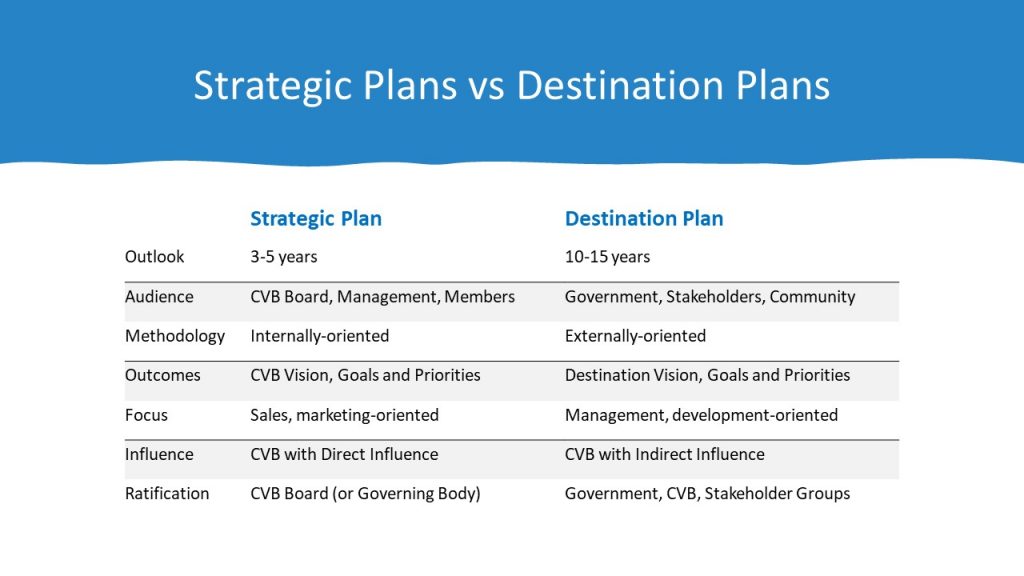Destination Planning: Evolving the Role of CVBs
CVBs need to ensure they stay relevant in the rapidly changing world of business events, not only in the marketplace but in their own destination. For too long, CVBs have drawn an invisible circle around themselves and a few trusted allies. Not venturing outside the circle, or letting others in, they too often are only seen when requesting funding.
To be and stay relevant, CVBs need to understand the gaps and opportunities in the destinations they represent. The best way to acquire this knowledge is to speak with and listen to as wide an audience of local stakeholders as possible. And these conversations should not only occur with those who CVBs are most familiar with, but those from outside the industry. In other words, from sources beyond the invisible circle.
By casting a wider net, the CVB will be able to enhance its influence on matters of importance in their communities. Ultimately, being involved will help improve the products and experiences the CVB is promoting to the market. CVBs should be finding ways to engage in discussions around infrastructure development, capacity building, public policy, accessibility, and social, environmental, health and security matters. This does not mean diverting from the CVBs role to sell and market the destination but evolving to a broader mandate. Without such a perspective, the voice of the industry – and the customer – will not be heard when decisions are being contemplated which shape the future of the community (destination).Cultural identity enhances social cohesion.
Destination planning is a tool which all CVBs should become familiar, as a way to widen influence and enhance relevancy. A relatively new field, destination planning is facilitated and encouraged by the CVB. Destination plans are long-term, have a broad engagement process, and outcomes which focus on the destination. Strategic plans, by comparison, focus on the CVB itself with outcomes directly influenced and controlled by them. The table below illustrates the key differences between these two types of planning.
Another key tool for CVBs is to carry out objective and quantitative-based assessments, designed to uncover the strengths and weaknesses of the destination. For example, how does a destination stack up on hygiene factors, competitive advantages, and key differentiators? And based on these attributes how well should the destination be performing? Conducting such an assessment enables a CVB to be better equipped at pushing for ways to address shortcomings with the public- and private-sector.
Another tool is for CVBs to determine their role in key destination matters. Most CVBs are accountable and responsible for sales, marketing, and branding of the destination. It is important to be clear whether other organizations also might see themselves as having this responsibility. If so, how does this get addressed? And how about such issues as infrastructure, mobility, services, product experiences, policy and regulatory? The CVB should identify what role it would like to play. If not leading, the CVB should strive to be consulted or, in the least, be kept informed.
Being invited to the table where consequential decisions impacting a destination is something which is earned. CVBs will benefit by stepping out of their comfort zone, getting acquainted with community needs through broad engagement, and in turn bringing the perspectives of the industry and marketplace to the decision process. Tools such as destination planning, destination assessment, and role identification, help CVBs establish a meaningful contribution to these discussions.
